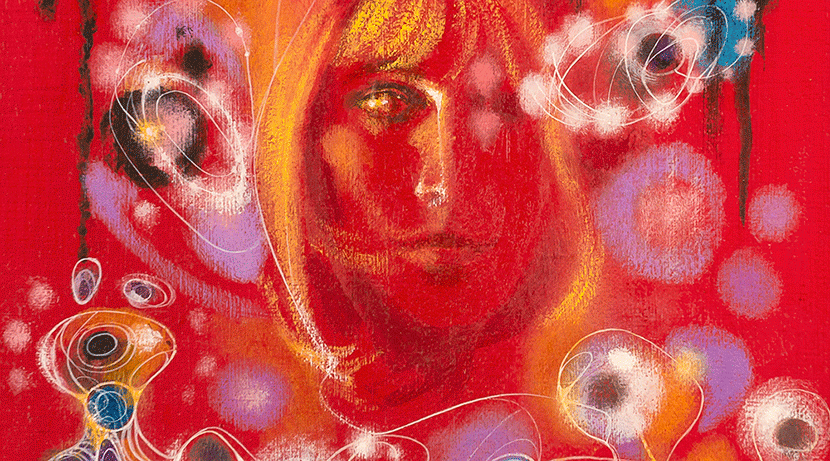Richard Powers had a very broad brush. He could illustrate and paint in so many styles (important for illustration work), yet never lost his unique identity -- one could always tell his work.
Here are some early interior illustrations he did for Richard Crisp's "The Haunted Reef", 1952.
You will notice the "woodcut" style of some of the illustrations that are similar to his later work on the Tarzan covers. Also, the undersea mountains and peaks look very similar to his depictions mountains and spires from "alien worlds" in his early SF work.
About the Richard Powers Art blog...
I have been a fan of the art of Richard Powers before I ever knew the man's name. Growing up reading SF as a child, I marveled at the abstract surreal images from many of the paperback covers from the 50's and 60's. But it was not until many years later in 2000 that I encountered The Art of Richard Powers by Jane Frank and discovered the name behind the art I had loved -- Richard Powers.
Powers led a double life. He was not only one of the most prolific commercial artists of his day, but he was also a prolific fine artist who maintained an annual solo show at the Rehn Gallery in NY (among others) for three decades. It is interesting to note that there was often very little difference between his fine art abstract paintings and his commercial art book covers -- quite a feat!
He worked in many styles and media, and experimented endlessly. Although he could easily paint "realism", he favored (and was more challenged by) abstraction. For me personally, his art "scratches many itches". I love abstract surrealism, and I love SF. Powers art brought these two together in a brilliant way. Additionally, there is a wonderful sense of nostalgia to many of his images, invoking the art styles of their times. But above all, Powers work simply captivates me!
My goal for this blog is to provide a hub for sharing information about Richard Powers and his art, as well as interesting observations about his process. I hope you enjoy.
John A Davis
Our Lady of Darkness

Saturday, March 21, 2020
Subscribe to:
Posts (Atom)













